E-3 Certain Specialty Occupation Professionals from Australia
The E-3 visa is a nonimmigrant classification that is only available to Australian citizens. It is quite similar to the H-1B, in that those in E-3 status must Australian nationals must travel to the United States for the purpose of performing services in a specialty occupation position requiring, at minimum, a bachelor’s degree in a specific field, or equivalent experience.
Specialty Occupation
A specialty occupation is one that requires theoretical and practical application of a body of knowledge in an area. These positions are often associated with the STEM occupational fields, but are also available to educators, marketing professionals, graphic artists, and many more roles. Specialty occupations typically require the attainment of a bachelor’s degree, or its equivalent in order to qualify for the occupation.
Applying From a US Consulate or Embassy
If the Employee Beneficiary is outside the US, they can apply for the E-3 visa at a US Embassy or Consulate abroad and bypass USCIS. Documents required for an application directly at the consular post include:
A Certified Labor Condition Application (LCA) ETA -9035 specifying the application as an E-3 LCA;
Passport photographs of the beneficiary or digital photo for DS-160 application;
Academic or other credentials demonstrating the beneficiary’s qualifications for the position;
Job offer letter or other documentation from the employer establishing that the beneficiary of the petition will be engaged in a specialty occupation and will be paid the higher of the actual or prevailing wage;
The beneficiary must obtain the necessary licenses or other official permissions to practice in the specialty occupation (if applicable);
The beneficiary’s biographical documentation such as passport ID page (copy), U.S. Visas issued to the foreign worker (copy), copy of I-20 (if applicable), copy of DS-2019 (if applicable),
Documentation about the Petitioner Employer, including their ability to pay the offered wage;
DS-160 Online Application for Nonimmigrant Visa confirmation page;
MRV Visa receipt; and
Visa Interview Appointment Notice.
Applying for an E-3 Visa from the United States
In order to apply for an E-3 visa, the foreign national’s employer must submit USCIS Form I-129, Petition for Nonimmigrant Worker along with the E supplement and supporting documents. The following is a list of some documents that should be included in the E-3 visa petition. The list is not all inclusive and specific details pertaining to your application should be discussed with a licensed attorney in detail. Additional documents may be necessary depending on the specific case. The list includes but is not limited to the following items:
A Certified Labor Condition Application (LCA) ETA -9035 specifying the application as an E-3 LCA;
Academic or other credentials demonstrating the beneficiary’s qualifications for the position;
Job offer letter or other documentation from the employer establishing that the beneficiary of the petition will be engaged in a specialty occupation and will be paid the higher of the actual or prevailing wage;
The beneficiary must obtain the necessary licenses or other official permissions to practice in the specialty occupation (if applicable);
The beneficiary’s biographical documentation such as passport ID page (copy), U.S. Visas issued to the foreign worker (copy), copy of I-20 (if applicable), copy of DS-2019 (if applicable),
Copies of the Passport ID pages of dependents, marriage certificate and birth certificates of children (if applicable);
Documentation about the Petitioner Employer, including their ability to pay the offered wage; and
Dependents of E-3 principal applicants in lawful status in the United States must seek a change of status on USCIS Form I-539 (dependents cannot seek a change of status if they have entered the United States on the visa waiver program).
Dependent spouses of the E-3 principal applicant may also concurrently file Form I-765 Application for Employment Authorization Document.
Duration of Stay
An E-3 visa holder may be admitted for an initial period of no more than 2 years. The spouse and minor children accompanying the principal E-3 visa holder shall be admitted for the period during which the principal is in valid E-3 status.
Extensions of stay can be granted in increments of two years, generally with no limit on the amount of extensions that can be sought. The employer may extend the Beneficiary’s duration of stay by filing an application for extension of stay on Form I-129, with required accompanying documents.
Nonimmigrant Intent
The E-3 visa category is a “single intent” visa, meaning that the applicant should have the intent to depart the US in the future and not become a permanent resident. If an applicant demonstrates immigrant intent, future E-3 extensions may be denied or the individual may end up outside the US without a valid E-3 visa to return. Speak with an attorney regarding any green card application process.
Dependents
E-3 visa applicants are permitted to include spouses and children as dependents in E-3D status. Once in the U.S., an E-3D visa holding spouse is eligible to work pursuant to status.
Change of Employment
Change of employment is possible if the foreign national has a bona fide job offer in a specialty occupation. The new employment must submit a new E-3 visa application and Labor Condition Application on their behalf. The gap should be no more than 60 days.


